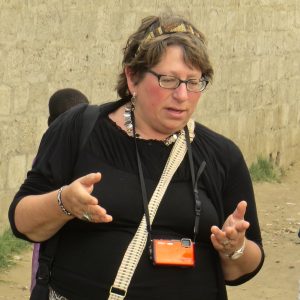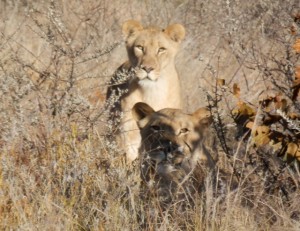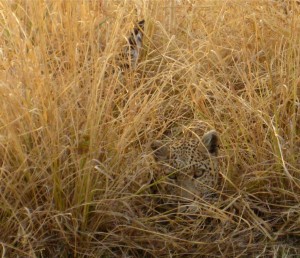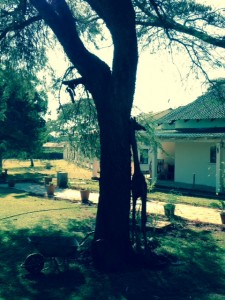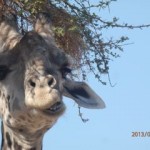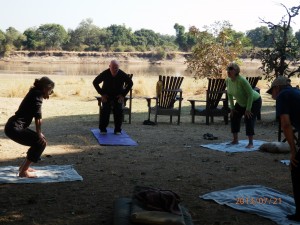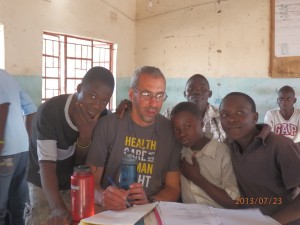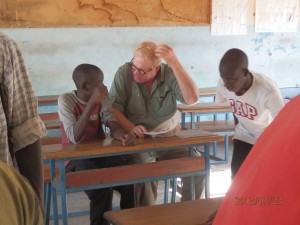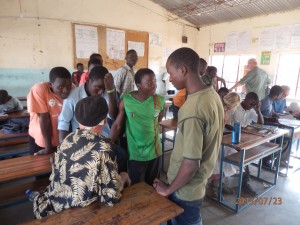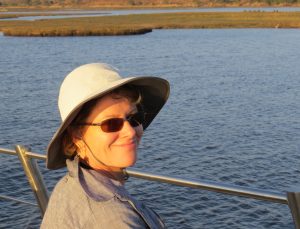 Imagine going from a day of awesome safari adventures — getting up close to majestic animals in nature — to a day of genuine exchanges with incredible resilient local people, learning about the challenges they face, sharing a traditional meal of nshima eaten with your fingers, and finding yourself singing and dancing joyfully together. I loved that we often felt less like tourists than visitors on a cultural exchange. The whole trip unfolded in a magical, organic way, under the caring and competent guidance of Tom and Laura. Our total immersion in these environments would not have been possible without Tom’s extensive connections, insights, and knowledge of Zambia. Add in Laura’s enthusiasm, sense of fun, compassion and thoughtfulness, and you have the perfect guides for a rich, life-changing journey.
Imagine going from a day of awesome safari adventures — getting up close to majestic animals in nature — to a day of genuine exchanges with incredible resilient local people, learning about the challenges they face, sharing a traditional meal of nshima eaten with your fingers, and finding yourself singing and dancing joyfully together. I loved that we often felt less like tourists than visitors on a cultural exchange. The whole trip unfolded in a magical, organic way, under the caring and competent guidance of Tom and Laura. Our total immersion in these environments would not have been possible without Tom’s extensive connections, insights, and knowledge of Zambia. Add in Laura’s enthusiasm, sense of fun, compassion and thoughtfulness, and you have the perfect guides for a rich, life-changing journey.
It’s hard to single out just a few things to praise. What stands out, however, is the sense of genuine connection made on many levels: connections within our group of good-hearted travel companions; connections through our interactions with inspiring local activists and community members who welcomed us warmly; and connections with nature itself, the awesome animals we encountered, the amazingly beautiful landscapes we entered, the breathtaking sunsets we witnessed.
I loved waking up to the morning sounds of the African bush. Even having to get up in the wee hours before dawn became surprisingly easy for a non-morning person! I awakened with excitement, eagerly anticipating the adventures the day would hold.
I loved the chance to communally reflect on our experiences in group discussions. I wasn’t sure initially about the circles, but now I’m a big believer. And after experiencing the same thrilling sights of nature, I discovered that sharing our sense of awe, amazement and delight made those feelings resonate all the more deeply.
This trip truly opened my heart and mind and touched me deeply like no other. It feels transformational in a way I can’t yet fully express. I know I’ll continue to be affected by Open Heart Safari as I integrate these profound experiences into my own life. I feel so much gratitude to you Tom and Laura for organizing and facilitating such an amazing trip, the trip of a lifetime.
Lizanne Avon, OHS 2016
